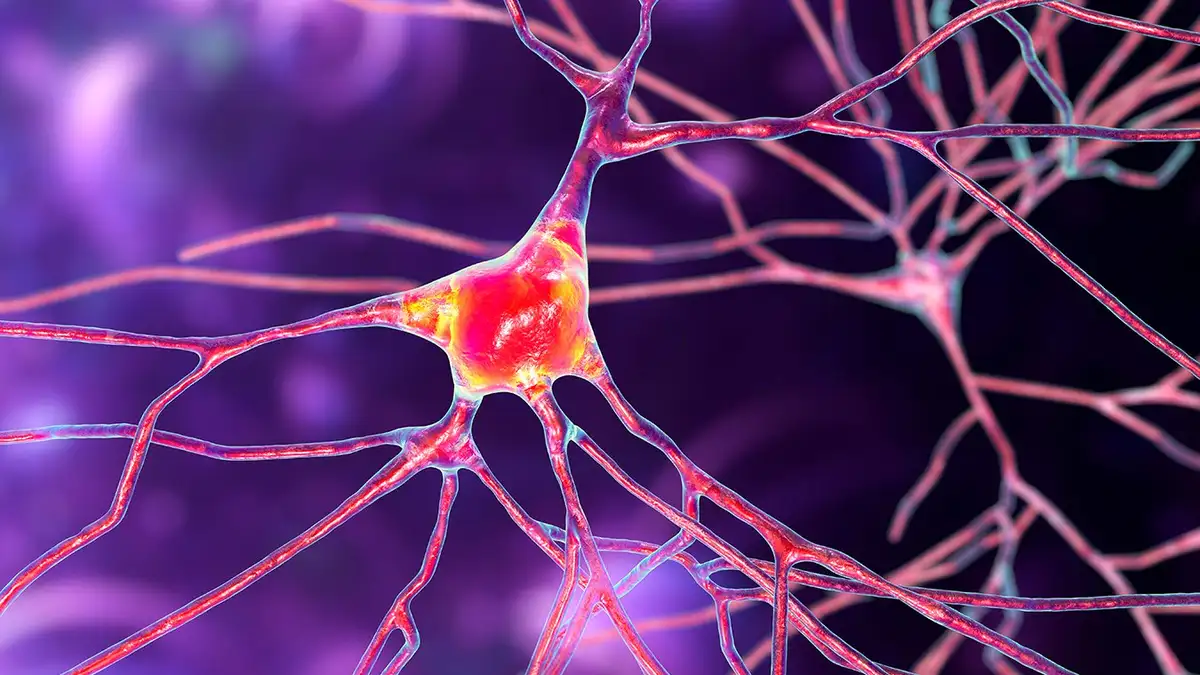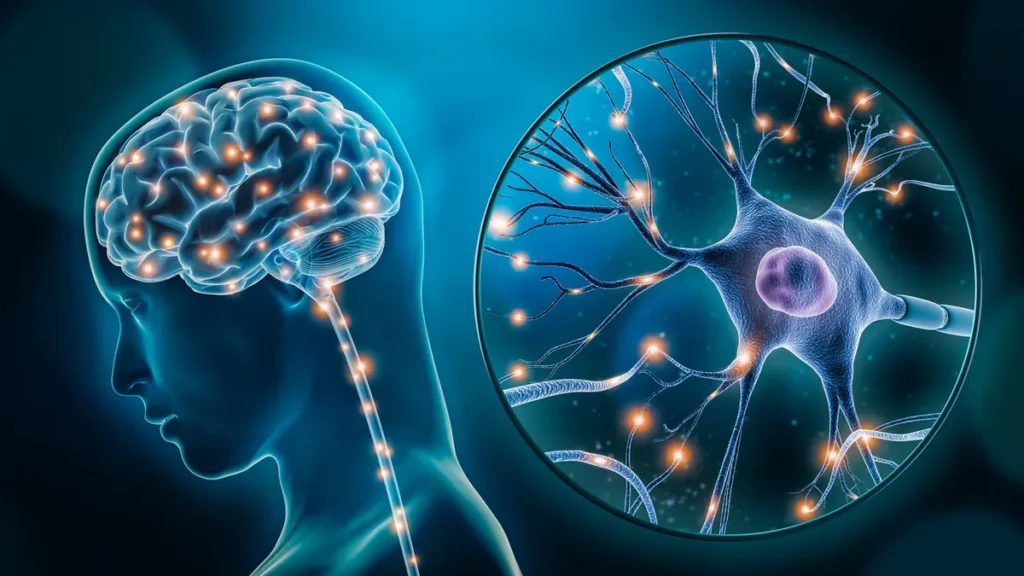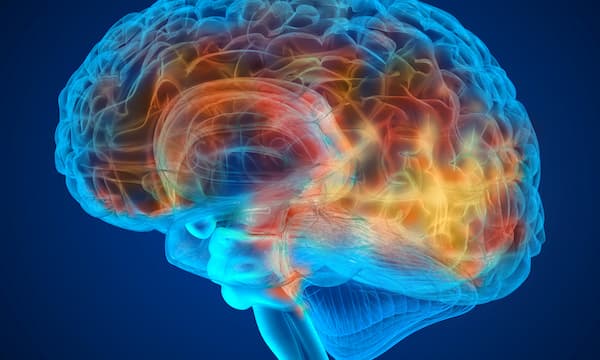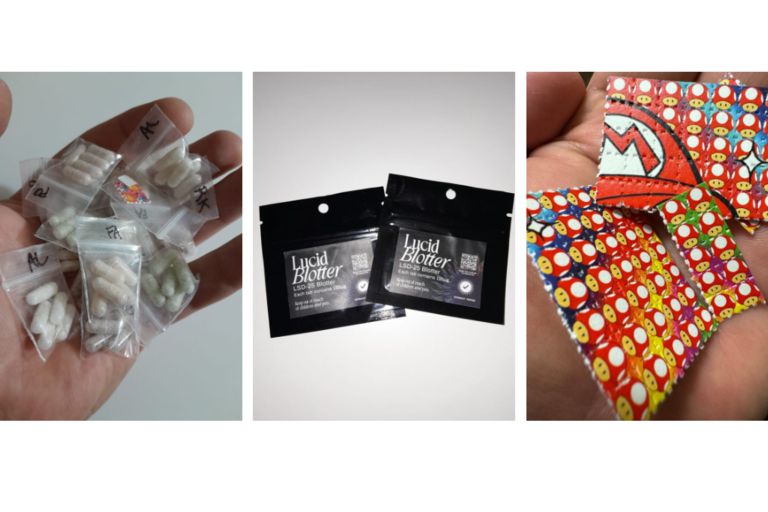
Psychedelics belong to a group of compounds called psychoplastogens, which promote neuronal growth and restore atrophied connections in the brain. This ability makes the molecules promising as potential treatments for neuropsychiatric diseases such as chronic depression and addiction.
In a new study, scientists have untangled the mechanism of how these compounds trigger the rewiring of the brain, providing a better understanding of why these compounds differ from other neurochemicals that share the same binding targets.

Classic psychedelics such as psilocybin and LSD bind to the 5-hydroxytryptamine 2A (5-HT2A) receptor, an important G-protein-coupled receptor (GPCR) that’s involved in cellular signaling. But so does serotonin, the ubiquitous, mood-dictating neurotransmitter. The lingering mystery is why serotonin doesn’t stimulate the same neuroplasticity effects that psychedelic compounds do.
The new study has found the answer. “The location of the 5-HT2A receptor is critical for determining the kinds of signaling pathways that a ligand can induce,” says experts.

For a GPCR, the 5-HT2A receptor is weird. Most GPCR proteins reside on the cellular surface to relay signals between the cell and its environment. But in neurons, the majority of 5-HT2A receptors populate the inside of the cell.
Olson’s team discovered that psychoplastogens need to reach the receptors within neurons to spark intracellular signaling. Merely hitting the receptors on the outside won’t count.

Serotonin—unlike N,N-dimethyltryptamine (DMT),which is found in ayahuasca brew, for example—is a polar molecule, so it can’t easily cross the cell membrane’s lipid bilayer to get inside. On the other hand, greasy compounds can access the intracellular space, experta says.
However, if serotonin can enter the cell, it too can kick-start the same signaling events that would lead to neuronal growth. After researchers and his group forced neurons to take up serotonin, the researchers observed them sprouting more branches and protrusions.
Psychedelics have been shown to have neurogenic effects, they stimulate the growth and differentiation of new neurons in the brain. This promote the repair and plasticity of damaged areas of the brain and the formation of new connections between them. On the other hand, it has been suggested that psychedelics facilitate functional reorganization of the brain . they may modify activity and communication between different brain regions. This could improve adaptation and compensation for functions lost or impaired by brain damage.







